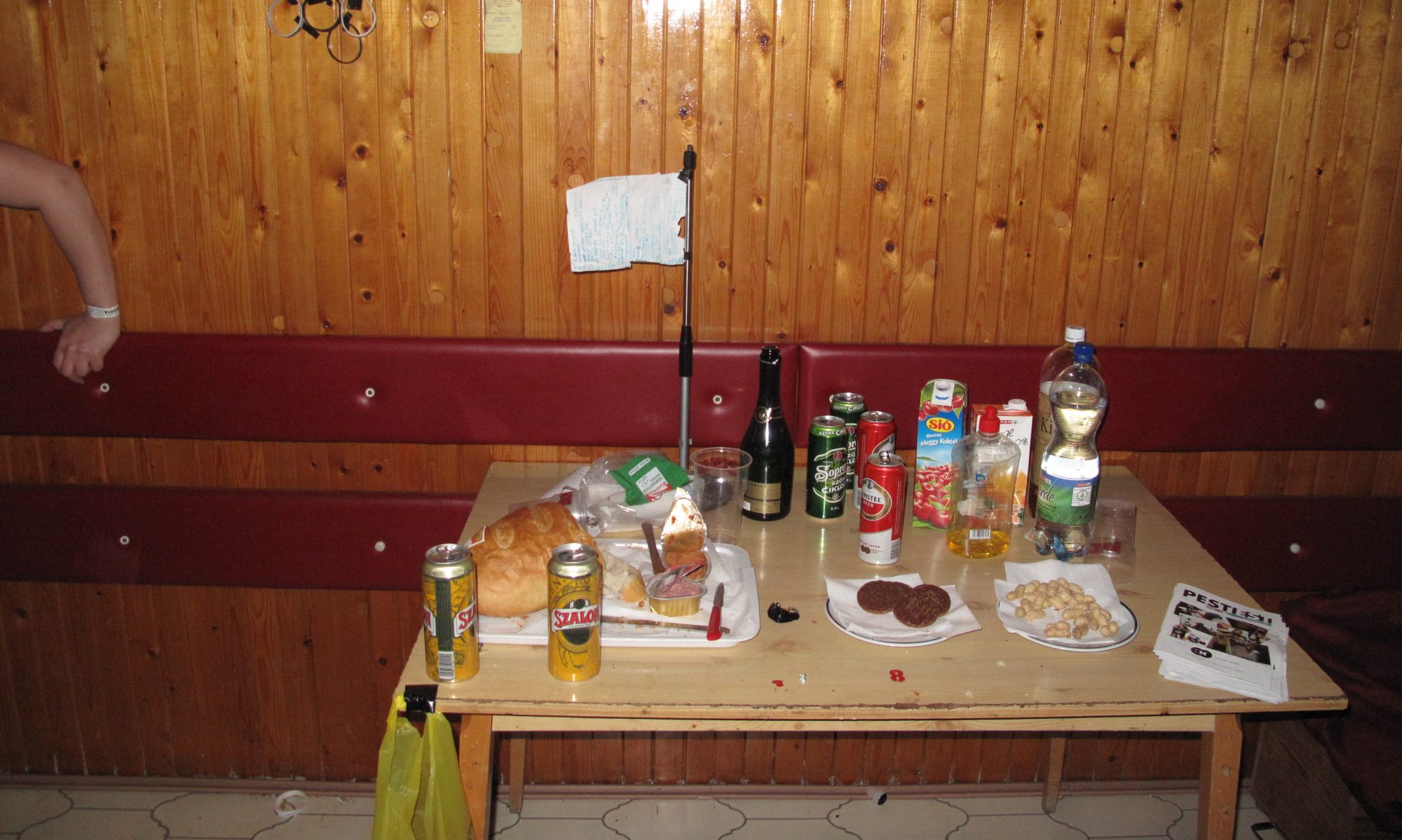Benjamin Buchloh slaps Joseph Beuys on the face in Twilight of the Idol (1980). He points out that:
[…] German fascism and the war resulting from it, destroying and annihilating cultural memory and continuity for almost two decades and causing a rupture in history that left mental blocks and blanks and severe psychic scars on everybody living on this period and the generations following it. Beuys’ individual myth is an attempt to come to terms with those blocks and scars. When he quotes the Tartars as saying ‘Du nix njemcky (You are not German).’ they would say ‘du Tartar, and try to persuade me to join their clan…’ it is fairly evident that the myth is trying to deny his participation in the German war and his citizenship.
In the work and public myth of Beuys the new German spirit of the postwar period finds its new identity by pardoning and reconciling itself prematurely with its own reminiscences of a responsibility for one of the most cruel and devastating forms of collective political madness that history has known.
[…] his compulsive interest in accumulating and combining quantities of rejected, dusty old objects the kind that one finds in rural cellars and stables, are imbued with metaphysical meaning by the artist and his eager exegetes: they could just as easily be read in psychoanalytic terms, and perhaps more convincingly so.
His work does not initiate cognitive changes, but reaffirms a conservative position of literary belief systems.
I think that the extensive rituals of guild German artist and politicians express over WWII is actually a way to advance Catholic beliefs, world views and control. When Merkel gave the German flag away she managed to both express nationalistic values and to conceal nationalistic ambitions responsible for Germany’s economic growth. German guild is tactical – They get emotional before their practice can be criticized. It’s a way of hiding the facts. This same critique was present in Frimer’s Documenta’s Reinvention text mentioned earlier in relation to poststructuralist art. Perhaps postructuralism became popularized as a method to hide the political causalities of the expansion of capitalism.
A fantastic library of Finnish Zine publications: Oranssin pienlehtiarkisto 1977-1982.
Claire Bishop on The Social Turn Collaboration and its Discontents (2006):
The discursive criteria of socially engaged art are, at present, drawn from a tacit analogy between anticapitalism and the Christian ‘good soul’. In this schema, self-sacrifice is triumphant: The artist should renounce authorial presence in favor of allowing participants to speak through him or her. This self-sacrifice is accompanied by the idea that art should extract itself from the ‘useless’ domain of aesthetic and be fused with social praxis. As the French philosopher Jacques Rencière has observed, this denigration of the aesthetic ignores the fact that the system of art as we understand it in the West–the ‘aesthetic regime of art’ inaugurated by Friedrich Schiller and the Romantics and still operative on this day–is predicated precisely on the confusion between art’s autonomy (its position at one remove from instrumental rationality) and heteronomy (its blurring of art and life). Untangling this knot–or ignoring it by seeking more concrete ends for art–is slightly to miss the point, since the aesthetic is, according to Rencière, the ability to think contradiction: the productive contradictions of art’s relationship to social change characterized precisely by the tension between faith in art’s autonomy and belief in art as inextricably bound to the promise of a better world to come. For Rencièrethe aesthetic doesn’t need to be sacrificed at the altar of social change, as it already inherently contains this ameliorative promise.

